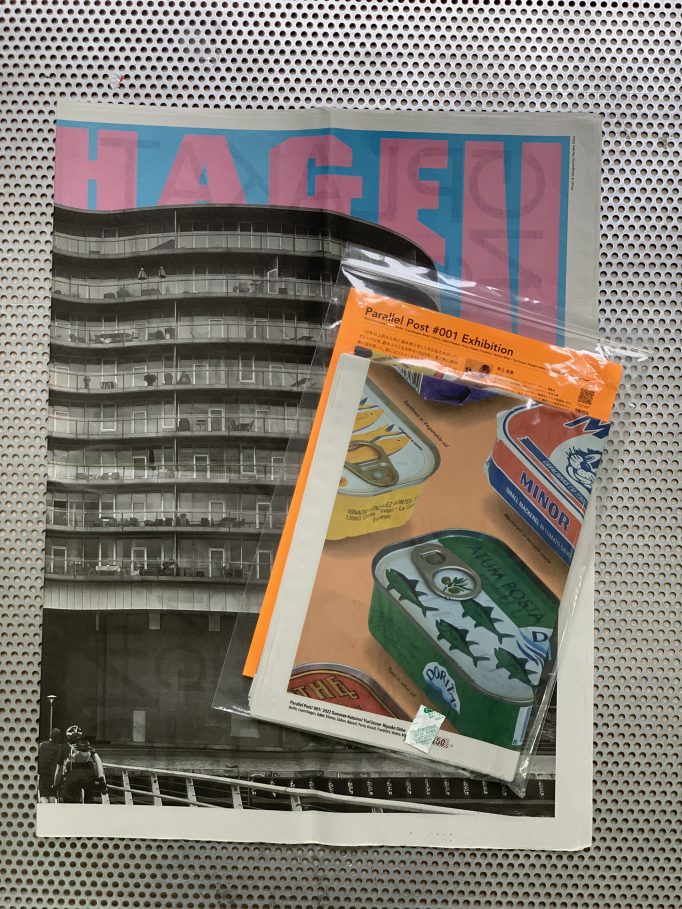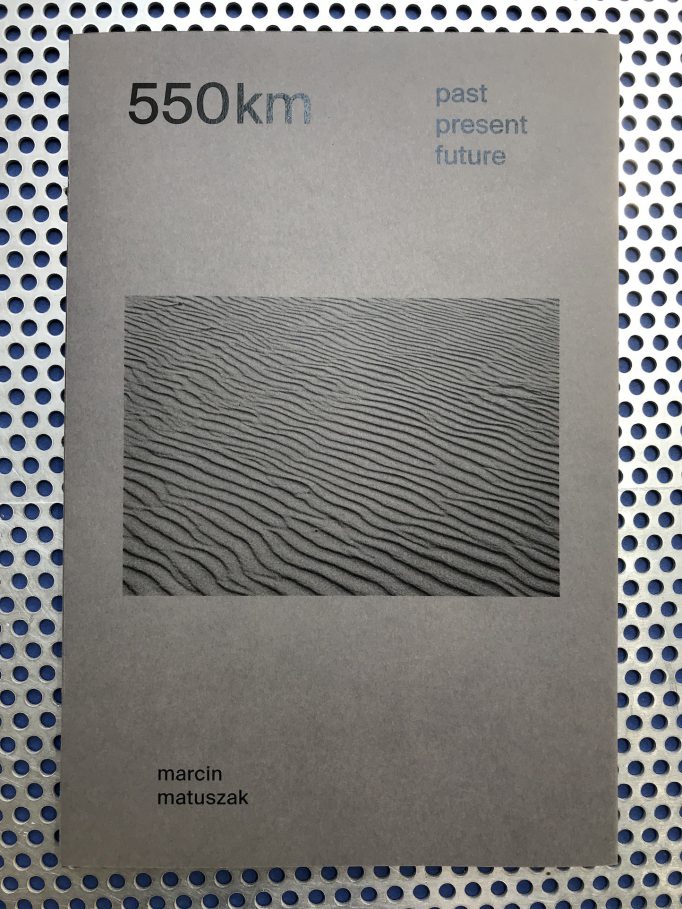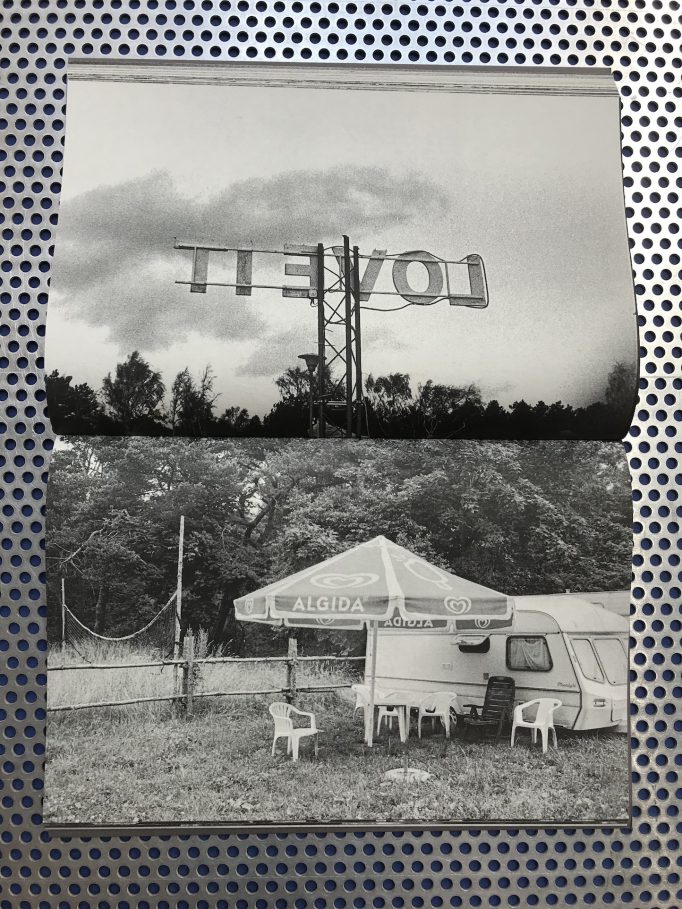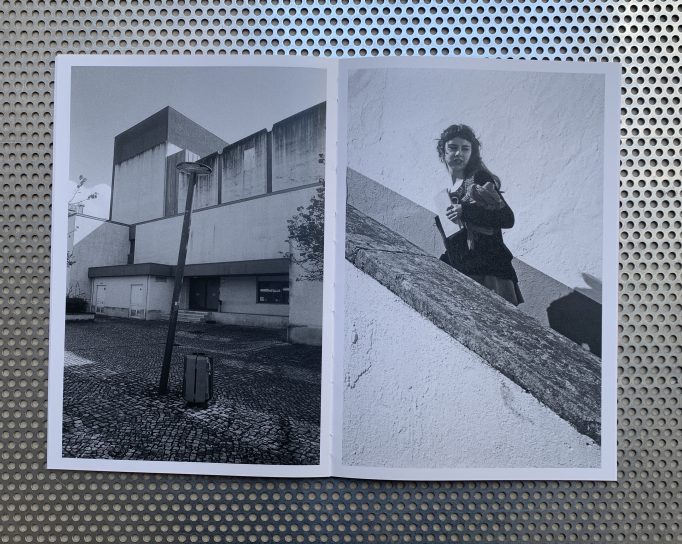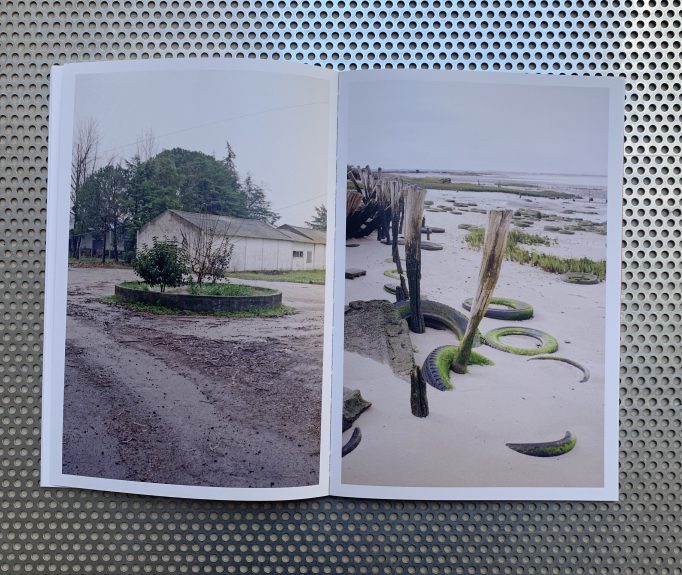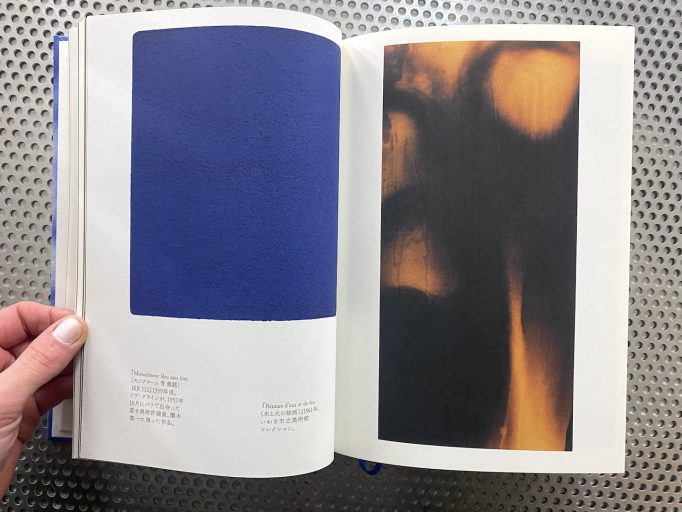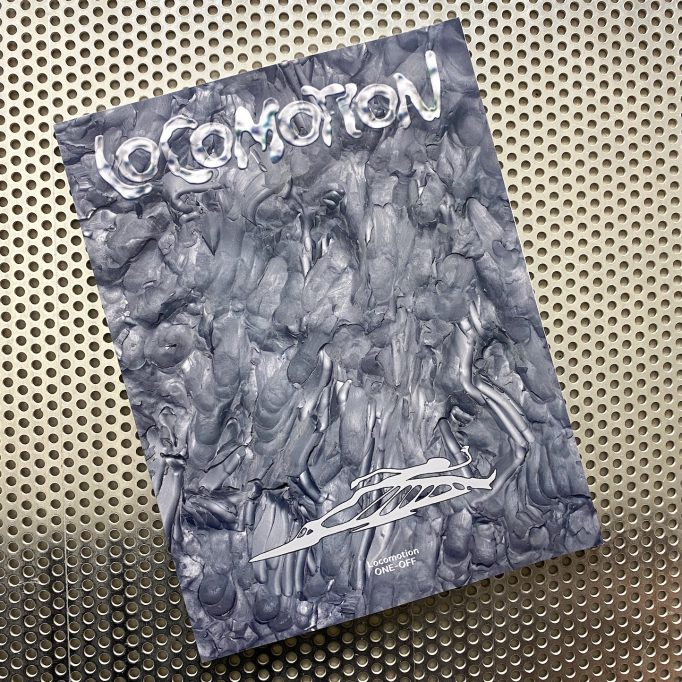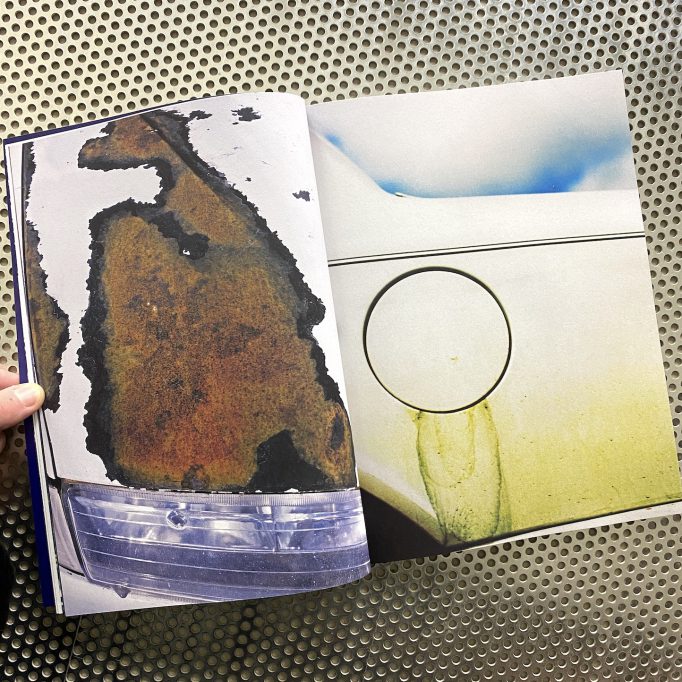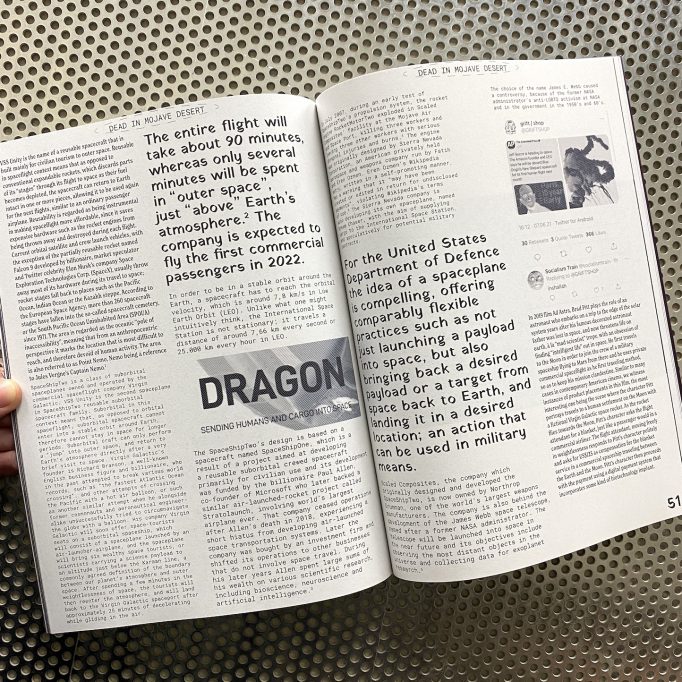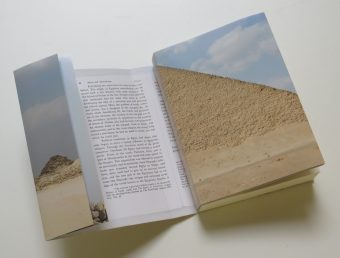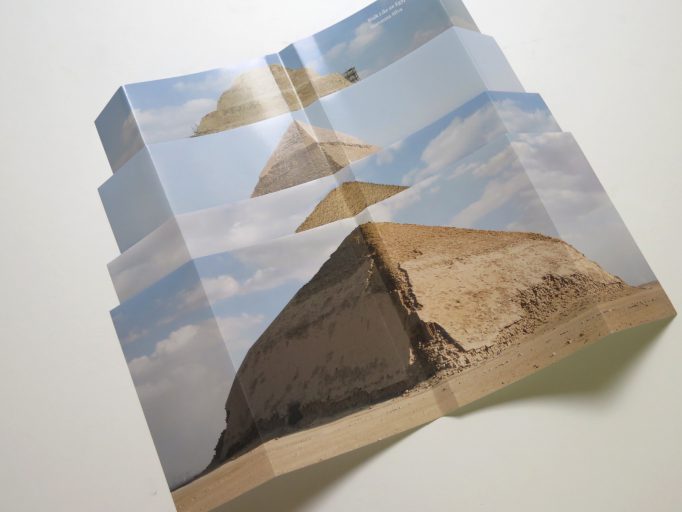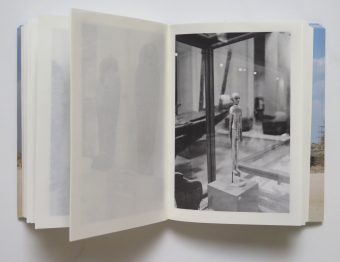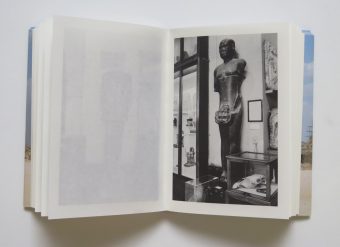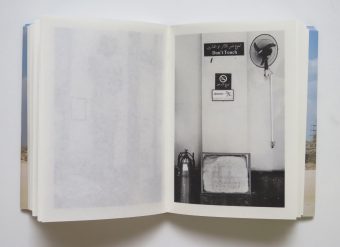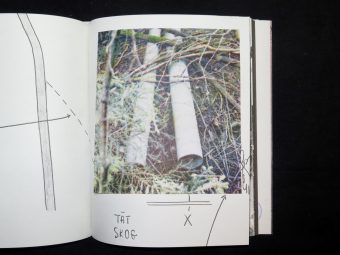Houston. Thomas Block Humery. Alberto Books
Posted in photography, travel on December 2nd, 2023Tags: Alberto Books, architecture, Home, Houston, memories, photography, strangers, survey, Thomas Block Humery, Travel





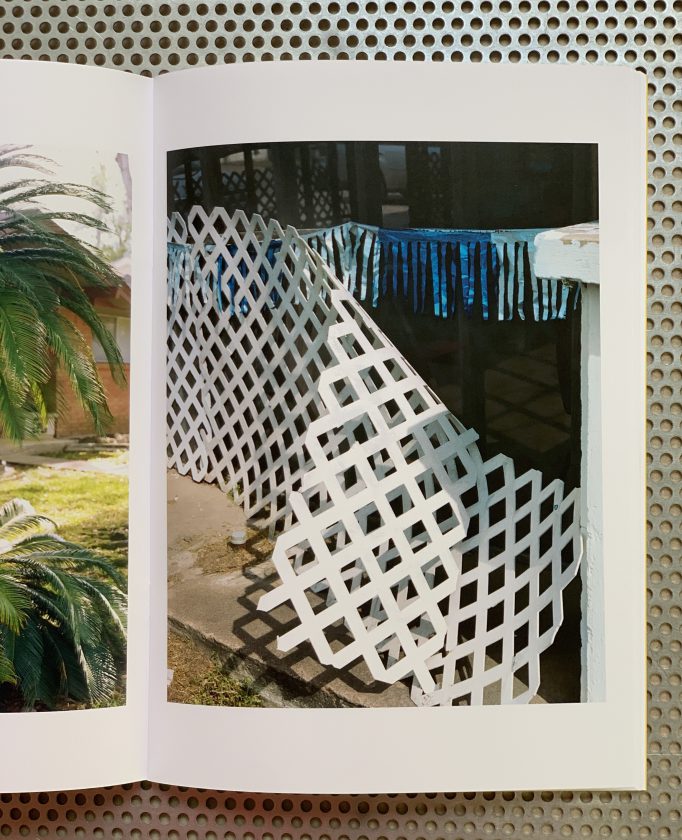


« Houston » n’est pas un livre comme les autres. Par le biais particulier de l’autobiographie, il nous invite à parcourir, ou à imaginer, la moins connue des grandes mégalopoles américaines. À côté de Los Angeles, New York, Miami ou Chicago, cette ville du Texas n’a rien de la ville de carte postale. Elle en est peut-être même l’antithèse avec ses quartiers très étendus, ses autoroutes qui la divisent, pour ne pas dire la tranchent et son « downtown » accablé par la chaleur en été. Pourtant c’est là que Thomas Block Humery nous invite à concevoir la ville au-delà des considérations urbanistiques, socio-économiques ou culturelles, en mettant l’accent sur la dimension intime comme dynamique de connaissance. Il voit la ville avant tout comme un lieu de projection de soi validé par l’amour, l’ambition, la réalisation de soi, le confort esthétique et d’autres grandes espérances difficilement quantifiables.
La ville est ici liée au sentiment et à l’émotion. Selon cette proposition, l’auteur dépasse les descriptions de géographie humaine, faites de courbes démographiques, de statistiques économiques ou de taux d’activité, pour ne conserver que la perspective individuelle faite de ressenti, d’adaptation, de partage, de liens possibles, de visions changeantes, traversée par la contingence, la délicatesse voire la fragilité de l’expérience. L’espace urbain se déploie selon les modalités de la rencontre qui joue un rôle catalyseur et accélérateur. Houston devient le théâtre d’une interaction où la connaissance de l’espace va de pair avec l’intensification de la relation.
L’auteur revient dix ans après cet épisode vécu et fait le point sur cette connaissance spécifique où des habitudes s’étaient enracinées et où des liens s’étaient noués. Houston est alors un décor de théâtre où des scènes réelles se sont jouées, un décor qui a lui-même changé, transformé par les forces inhérentes et spécifiques des villes américaines pour lesquelles une décennie est déjà une fraction importante du temps. La ville et son visiteur se retrouvent comme deux amants qui n’arrivent plus vraiment à communiquer. On dit que les criminels reviennent toujours sur les lieux de leur crime. Qu’en est-il de la personne qui revient sur les lieux d’une histoire passée ?
Le projet pose ici la question : peut-on montrer ça en images ? La réponse est ambiguë, avec des oui et des non, car les images, malgré leurs limites, peuvent traduire la présence et l’absence, le rêve et la réalité, le passé et parfois la précarité du présent. Thomas Block Humery s’amuse à rendre la ville de Houston labyrinthique, parcellaire, géométriquement abstraite et peut-être même chimérique, comme lorsque l’on veut recoller un bout de vie à un autre.
Le livre est plein de poésie et de profondeur où il est question d’un photographe qui ne voit plus que des métaphores plutôt que le réel. Le projet devient une autofiction et la réponse qu’il propose prend la forme d’une œuvre d’art. Il est question de relations à distance, de publicités détournées d’un âge d’or, de façades de buildings qui font écran, de temps qui passe, du souvenir de “Paris, Texas”, de la flore locale, d’appareils photo et de négatifs vierges. La ville devient une utopie, avec des souvenirs qui reviennent et des futurs qui se dessinent.
Le projet prend une place particulière aujourd’hui à l’heure où beaucoup d’entre nous sont tentés d’aller vivre « ailleurs », où une nouvelle forme de nomadisme s’implante dans des modes de vie changeants. L’expérience montre ici un phénomène de fragmentation, où la vie n’est plus une simple ligne droite mais une succession de moments où l’enracinement semble se faire à différents coins du globe, dans une sorte d’atomisation des destins pris dans une multitude de potentialités. Thomas Block Humery ne tranche pas sur la morale de l’histoire. Il accepte les espoirs comme les échecs et les prend comme les ferments d’une vie qu’il préfère romanesque que totalement maîtrisée.
La description de « Houston » ne saurait être complète sans la mention texte de l’auteur qui fait partie du projet, un texte en forme de confession qui contextualise le corpus d’images et qui fait entrer, pas à pas, le lecteur dans une sphère secrète où chacun peut un peu se retrouver.
———–
“Houston” is not like any other book. Through the unique approach of autobiography, it invites us to explore, or imagine, the lesser-known of the major American metropolises. Compared to Los Angeles, New York, Miami, or Chicago, this Texan city has nothing of the postcard-perfect image. It may even be the opposite with its sprawling neighborhoods, highways that divide, or dare I say, cleave it, and its downtown area sweltering in the summer heat. Nevertheless, it is here that Thomas Block Humery invites us to conceive the city beyond urban, socio-economic, or cultural considerations, emphasizing the intimate dimension as a dynamic of knowledge. He perceives the city primarily as a place of self-projection validated by love, ambition, self-fulfillment, aesthetic comfort, and other hard-to-quantify aspirations.
In this perspective, the city is closely tied to feelings and emotions. With this proposition, the author transcends human geography’s descriptions consisting of demographic curves, economic statistics, or labor participation rates, retaining only the individual perspective shaped by emotions, adaptation, sharing, potential connections, and ever-changing visions influenced by contingency, delicacy, and the fragility of experience. The urban space unfolds through the dynamics of encounters, acting as a catalyst and an accelerator. Houston becomes the stage for an interaction where understanding of space goes hand in hand with the deepening of relationships.
The author revisits this specific knowledge a decade after the experience, reflecting on entrenched habits and forged bonds. Houston serves as a backdrop where real scenes played out, a backdrop that has changed, transformed by the inherent and specific forces of American cities for which a decade is a significant fraction of time. The city and its visitor reunite like two lovers who struggle to communicate. They say that criminals often return to the scene of their crime. What about someone who revisits the scenes of a past story?
The project raises the question: can this be conveyed through images? The answer is ambiguous, with both yes and no, because images, despite their limitations, can convey presence and absence, dreams and reality, the past, and sometimes the precariousness of the present. Thomas Block Humery playfully turns the city of Houston into a labyrinth, fragmented, geometrically abstract, and perhaps even chimerical, as if trying to piece together one fragment of life with another.
The book is replete with poetry and depth, featuring a photographer who sees metaphors more than reality. The project evolves into autofiction, and the response it offers takes the form of an artwork, touching on long-distance relationships, advertisements diverted from a golden age, building facades that act as screens, the passage of time, memories of “Paris, Texas,” local flora, cameras, and blank negatives. The city becomes a utopia with returning memories and emerging futures.
The project holds a particular place today, as many of us are tempted to live “elsewhere,” where a new form of nomadism is emerging in changing lifestyles. The experience here reveals a phenomenon of fragmentation, where life is no longer a simple straight line but a succession of moments, where rooting oneself seems to occur in various corners of the globe, in a kind of atomization of destinies caught in a multitude of potentialities. Thomas Block Humery does not pass judgment on the moral of the story. He embraces hopes and failures, regarding them as the ferment of a life that he prefers to be more romantic than entirely controlled.
The description of “Houston” would not be complete without mentioning the author’s text, which is part of the project, a confessional text that contextualizes the image corpus and gradually immerses the reader into a secret sphere where everyone can find a piece of themselves.
Order here













